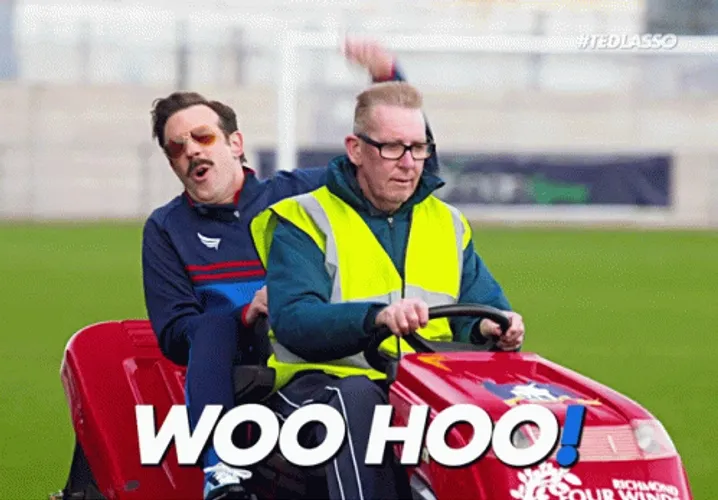Reflection: Beauty and the Beast
Belle was one of my favorite Disney princesses when I was younger; I loved that she liked to read, and I think a lot of people justify their love for this film with that one point. I think I always took the town making fun of her for this passion as the “bad message.” I also took much of Gaston’s behavior as undesirable - hence the fact that he was the villian. However, after rewatching the movie, I realized that there are actually far more bad messages than I realized. This likely means that, while I purposely rejected some of the most explicitly harmful messages, there were far more negative stereotypes and content that I subconsciously absorbed without even realizing it.
The storyline is, overall, just problematic (as per usual, I suppose). After Belle is held captive by a literal animal, she ends up falling in love with him. Some think this is a portrayal of Stockholm Syndrome, and some do not. Either way, the plot is unacceptable; it absolutely romanticizes domestic violence - a very real and prevalent problem in all areas of the world, though especially at the time this film was released.
One of the things that struck me the most as I rewatched the film was how weird it is that the male romantic lead character is an animal in a movie about humans. I grew increasingly uncomfortable watching Belle and the Beast interact, especially as it become romantic. He is an animal, but she holds his hand, flirts with him, dances with him, eats with him, leans her head against his chest, and the list goes on. Maybe the fact that he is an animal is not in and of itself patriarchal, but it is certainly incredibly strange.
This movie continued Disney’s long standing emphasis on heteronormative romance. I was alarmed when the enchantress included the word “her” in the qualifications for the Beast’s spell to be broken, not only because it excluded any form of non-romantic love as valuable, but also because it assumed that a person who identifies as male was automatically attracted to someone who identifies as female. I can say with absolute certainty that I never picked up this line when I was younger, or at least I never found it weird enough to dwell on for any extended period of time. However, I am sure I absorbed the message nevertheless.
I was also quite alarmed at the emphasis on beauty, which, I guess, I shouldn’t have been, given that Disney literally named the female lead “Beauty.” Gaston was only interested in Belle because of her beauty; there are scenes of him making fun of every other aspect of her life, such as reading or her father. He even says the fact that she is the most beautiful girl (yes, he says “girl.” Maybe that should hint that she is not quite old enough for marriage.) in town “makes her the best.” AH! Yikes! Red flag!!! It is so scary to think how many young girls and boys have been exposed to this language.
The Beast also seems immediately attracted to her based off of appearance, or at the very least, the fact that she is female. Immediately after he locks her up (take a second to let that settle before you read the next part: He. Locks. Her. Up. Against. Her. Will.), he begins discussing with his servants the fact that she may be “the one” that he falls in love with to break the curse. What an incredibly alarming and screwed up power dynamic…
Here are some other issues to think about in the film:
1. Socioeconomic status: the richest person in the castle is turned into a living, breathing animal. The servants are turned into literal objects (clock, wardrobe, teapots, etc.)
2. Gaston is supposed to be evil, but he is portrayed as very handsome, whereas less powerful men are portrayed with stereotypically negative masculine characteristics.
3. The sense of entitlement that both Gaston and the Beast exhibit towards Belle.


Comments
Post a Comment